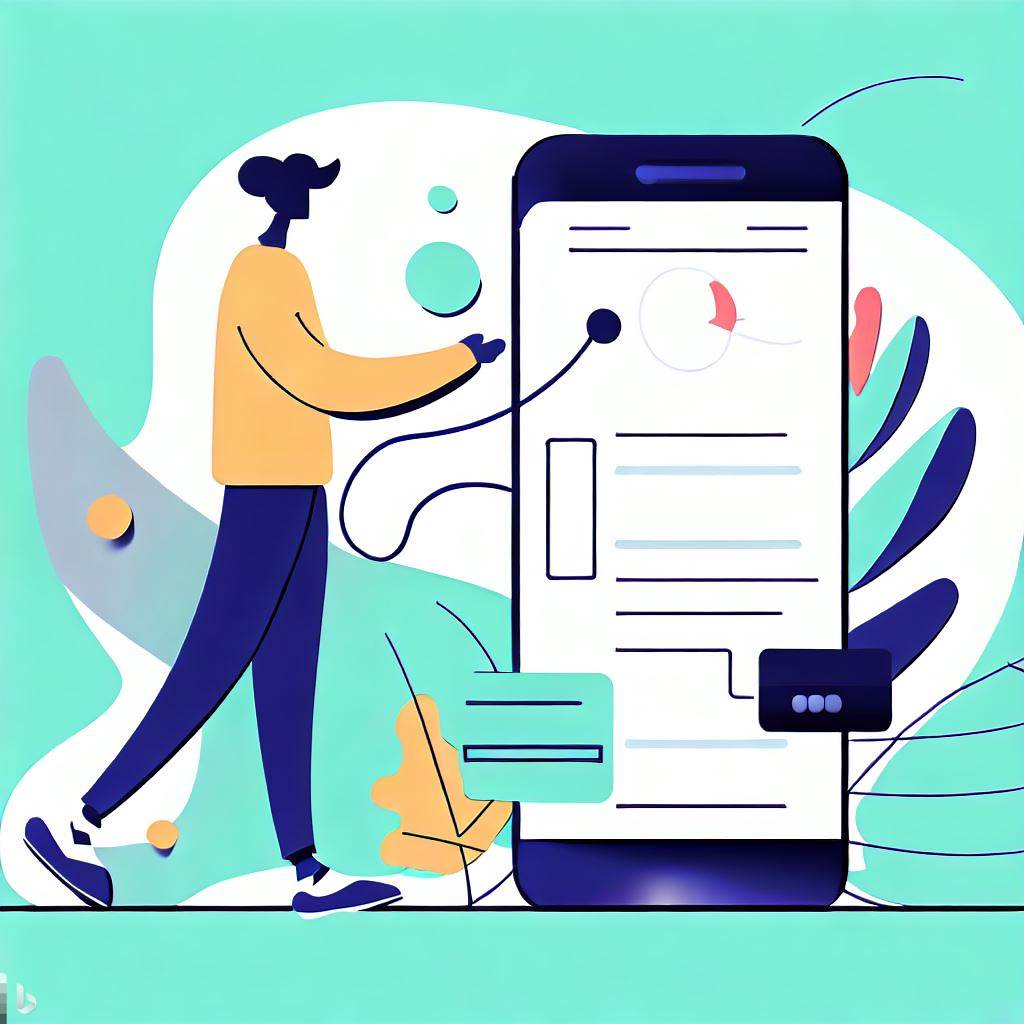From Friction to Conversion: The Power of UX Writing in B2B Payment Mobile Optimization

Mobile optimization for B2B payments is vital for enhancing speed, flexibility, and user experience in the digital payments industry. A reliable and seamless user experience is crucial for building trust and loyalty among clients, and UX writing plays a vital role in optimizing this experience. According to a study by Google, 90% of B2B buyers use smartphones to research business purchases, and 50% of B2B search queries today are made on mobile devices.
This highlights the significance of mobile B2B payments and the importance of UX writing in enhancing user engagement and driving conversions in mobile apps. Mobile B2B payments offer numerous benefits, such as faster processing times, improved cash flow, and enhanced transparency. However, an inadequate user interface, confusing terminology, and convoluted workflows can create friction and hinder businesses' utilization of mobile payments.
The Current State of Mobile B2B Payments
Mobile payments have transformed the way businesses conduct transactions, providing convenience, speed, and flexibility. However, the current state of mobile payments in B2B transactions is not optimal. JPMorgan reports that 31% of global companies still make B2B payments with checks. Moreover, many B2B payment systems are not designed with the user in mind, resulting in confusing interfaces, convoluted workflows, and poor user engagement.
This not only hinders the adoption of mobile payments, but also hurts business outcomes by reducing efficiency, increasing errors, and creating frustration among clients. As more businesses move towards digital-first strategies, optimizing the user experience in mobile payments is critical for B2B payment solutions providers to stay competitive and to meet the exigent needs of their clients.
UX writing can be a game-changer in optimizing digital payments for mobile, as it prioritizes the user experience with clear and concise language at every step of the payment process.
- Use clear and concise language: UX writing is all about language that is easy to understand, avoiding jargon and technical terms, and providing clear guidance at every step of the process. This helps users understand the payment process and reduce confusion and errors.
- Provide clear and concise notifications: UX writing creates clear and concise notifications that keep users informed about the status of their payments. Notifications help users manage payment schedules and avoid missed payments.
- Use consistent terminology: Consistent terminology improves user understanding of the payment process and reduces confusion and errors. UX writing ensures that terminology is consistent throughout the payment process.
- Provide personalized guidance: UX writing provides personalized guidance based on the user's needs and preferences. This helps users navigate the payment process more efficiently, reducing frustration and errors.
Examples of UX Writing in Action
The best UX Writing leads with the intended user outcome and uses concise language. Here's an example:
Objective: Guide users with clear and concise language.
Step 1: "Enter the payment amount and recipient information"
Step 2: "Review and confirm payment details"
Objective: Keep users informed about the status of their payments.
One of the biggest points of friction for users in B2B Payments is the lack of transparency. Here's how UX Writing adds clarity and transparency to the payment process:
Payment successful–>"Congratulations! Your payment has been successfully processed."
Payment declined–>"Sorry, your payment was declined. Please check your payment details and try again."
Objective: Ensure consistent terminology throughout the payment process.
Avoid confusing users with disparate terminology or ambiguous language. Keep it consistent and keep it simple.
Use "Invoice" instead of "bill"
Use "Payment confirmation" instead of "transaction complete"
Objective: Provide personalized guidance for efficient navigation.
A seamless user experience requires personalization. Different businesses have different needs, it's your responsibility to cater to specific user needs. Here's how UX Writing can help you do that
"Based on your payment history, we recommend this payment method."
"Your next payment is due on [date]. Click here to schedule it now."
Create A Seamless Mobile Experience With WDIR
To ensure an exceptional user experience for businesses, partner with WDIR, the leading agency in UX writing for B2B payments. Our team of UX experts specializes in optimizing user experiences for B2B Payments.
With our industry expertise, you can provide your clients with a mobile payment solution that prioritizes simplicity, clarity, and efficiency. With well-crafted microcopy, clear instructions, and contextual support, you can create a truly exceptional user experience that simplifies the payment process and meets the unique needs of your clients. Get started today!
